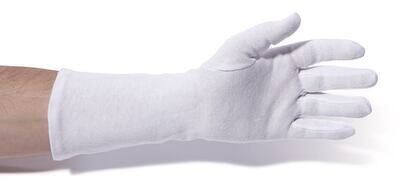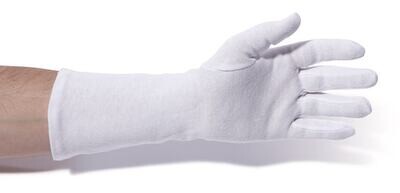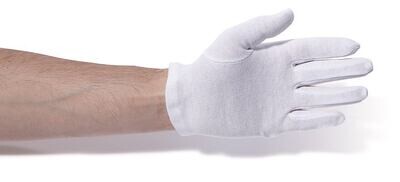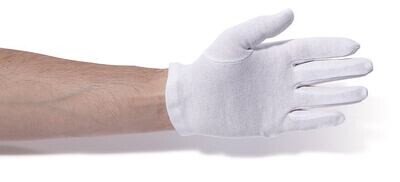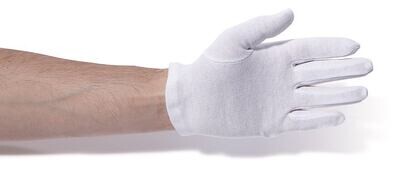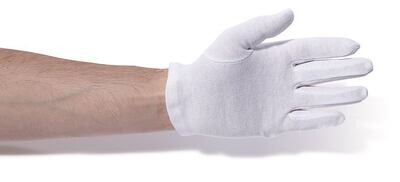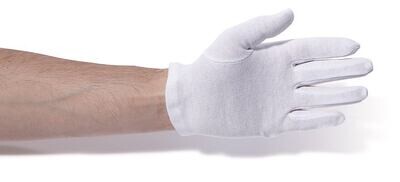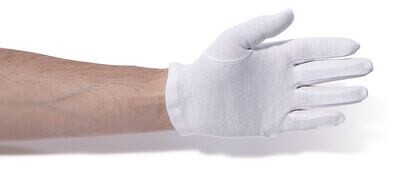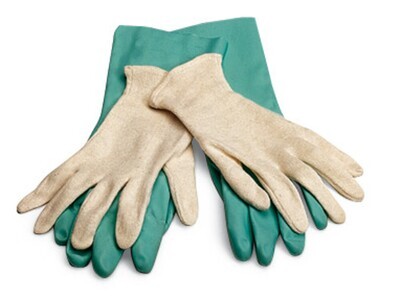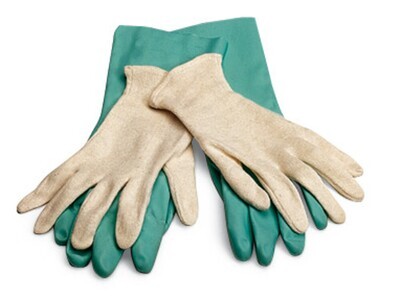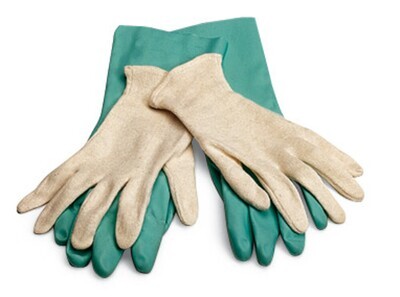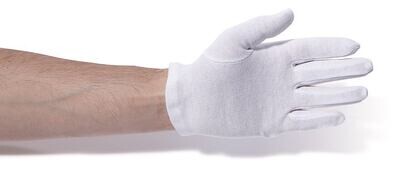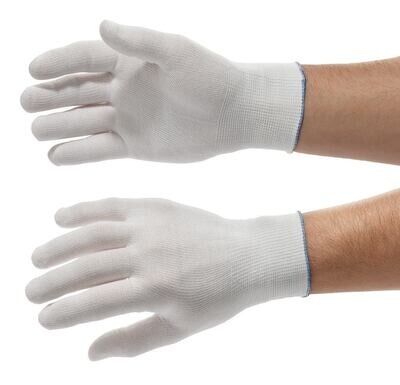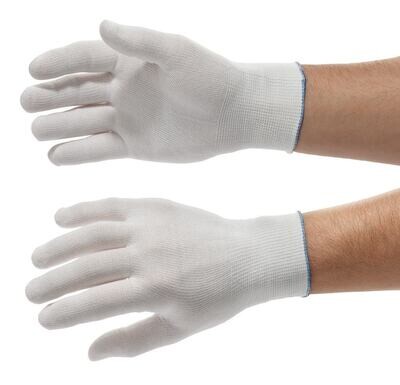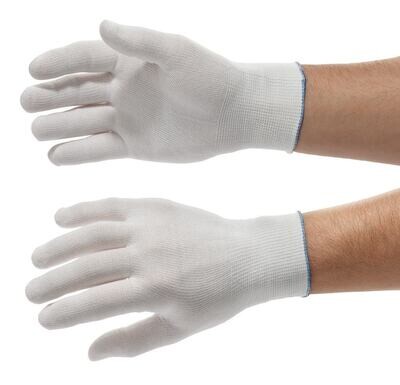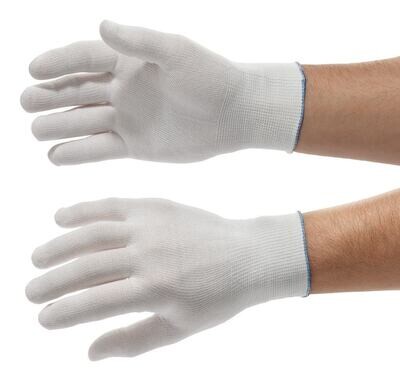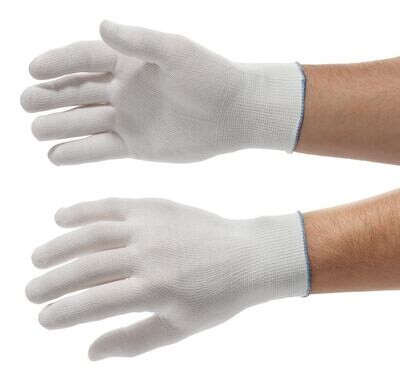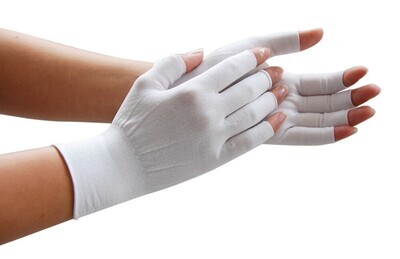Verzending 24–48 u • Levering in de hele EU • Veilige chemieverpakking
Research gloves
Examination gloves are essential tools in several industries, including medical, scientific and laboratory. These gloves provide protection to the wearer and prevent contamination during research and laboratory work. In this text we will delve deeper into the different types of examination gloves and their applications. There are different materials from which examination gloves can be made, such as latex, nitrile and vinyl. Latex gloves are made from natural rubber and provide excellent fit and sensitivity. However, they are not suitable for people with a latex allergy. Nitrile gloves, on the other hand, are made of synthetic rubber and are an excellent alternative for people with a latex allergy. They provide good protection against chemicals and are resistant to punctures. Vinyl gloves are made of PVC and are the most economical option. However, they offer less protection and sensitivity than latex and nitrile gloves. Choosing the right size of examination gloves is very important to ensure a good fit and optimal protection. Gloves that are too large can slip off and restrict movement, while gloves that are too small can be uncomfortable and pinch the hands. It is therefore important to measure the hand circumference and length to determine the correct size. Examination gloves are used in various situations where hygiene and protection are crucial. In the medical sector, they are used, for example, during operations, treating wounds and conducting examinations. In laboratories they are used when handling chemicals, samples and other hazardous substances. Examination gloves are also used in the food industry to ensure hygiene when preparing and processing food. In addition to providing protection and hygiene, examination gloves can also contribute to better grip and precision while performing tasks. They reduce the risk of slipping and provide better control over instruments and materials. This is especially important for delicate and precise work, such as microscopy and pipetting. Regularly replacing examination gloves is very important to ensure hygiene and protection. Gloves can wear out, tear or become contaminated over time. It is therefore important to inspect gloves regularly and replace them when necessary. In short, examination gloves are indispensable tools in various industries where hygiene, protection and precision are of great importance. By choosing the right gloves and replacing them regularly, employees can perform their work safely and efficiently.
Refine by
Display prices in:EUR
